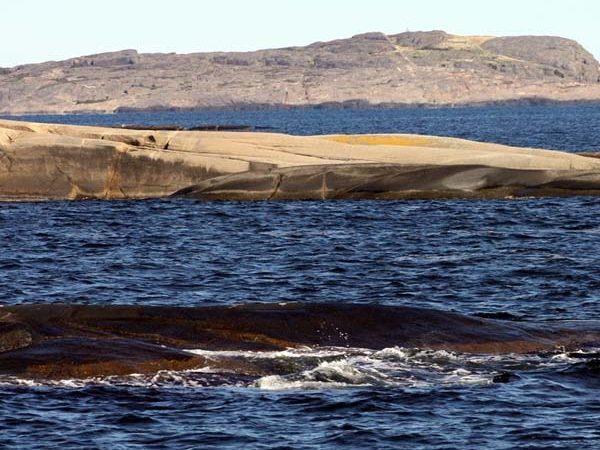By Ilan Kelman, Senior Research Fellow, CICERO, Norway
We are thirsty for more and more electricity. Rather than focusing on reducing demand, more and more creative ways are being explored to satisfy our demand–such as through ‘osmotic energy‘ to generate electricity in Tofte on Oslofjord, Norway.
Where freshwater and saltwater meet, such as where a river flows into a fjord or the sea, the salty water naturally diffuses towards the freshwater. Placing a membrane between the freshwater and the saltwater can capture that energy and convert it into electricity.
The good news is the enormous potential. After all, think about the huge number of locations where membranes could be placed at saltwater/freshwater interfaces to capture the energy.
The bad news is that the technology is in its infancy. There is a long way to go before osmotic energy will be powering many homes.
The membrane is especially challenging. Impressive research continues on manufacturing and maintaining large swathes of the material. We also need to consider the environmental impact of building the plants and distributing the membranes in the water.
Yet the trials are exciting, especially that the ups and downs are being discussed openly. The ongoing tests are showing the potential, and the limitations of, this form of electricity generation.
Maintaining that balanced approach is vital for experimenting with, and analysing all renewable energy forms. Calling it ‘free energy’, as one video does, for example, is wrong. Using energy always costs.
We still need to build, operate, and maintain the plant and membrane. The electricity needs to reach where it is used once it is produced. Pylons, transformers, and wires all require energy to make and each has an environmental impact.
The drawbacks should not stop us from trying. But ‘trying’ to do what? It seems that we wish to consume more no matter how much electricity we produce.
From heated pavements to large flat-screen televisions and computer monitors, our electricity appetite is insatiable. We seem to embrace the flawed idea that energy (and electricity) can be free as renewables increasingly enter our lives, irrespective of the negative effects of those renewables.
Kudos to the innovators who pursue osmotic energy and other renewable sources. But it cannot stop there. Let us apply such effort and creativity to reducing our electricity demand.
A variation of this article first appeared in The Foreigner, an English-language news service for Norway.
The views and opinions expressed through the MAHB Website are those of the contributing authors and do not necessarily reflect an official position of the MAHB. The MAHB aims to share a range of perspectives and welcomes the discussions that they prompt.
